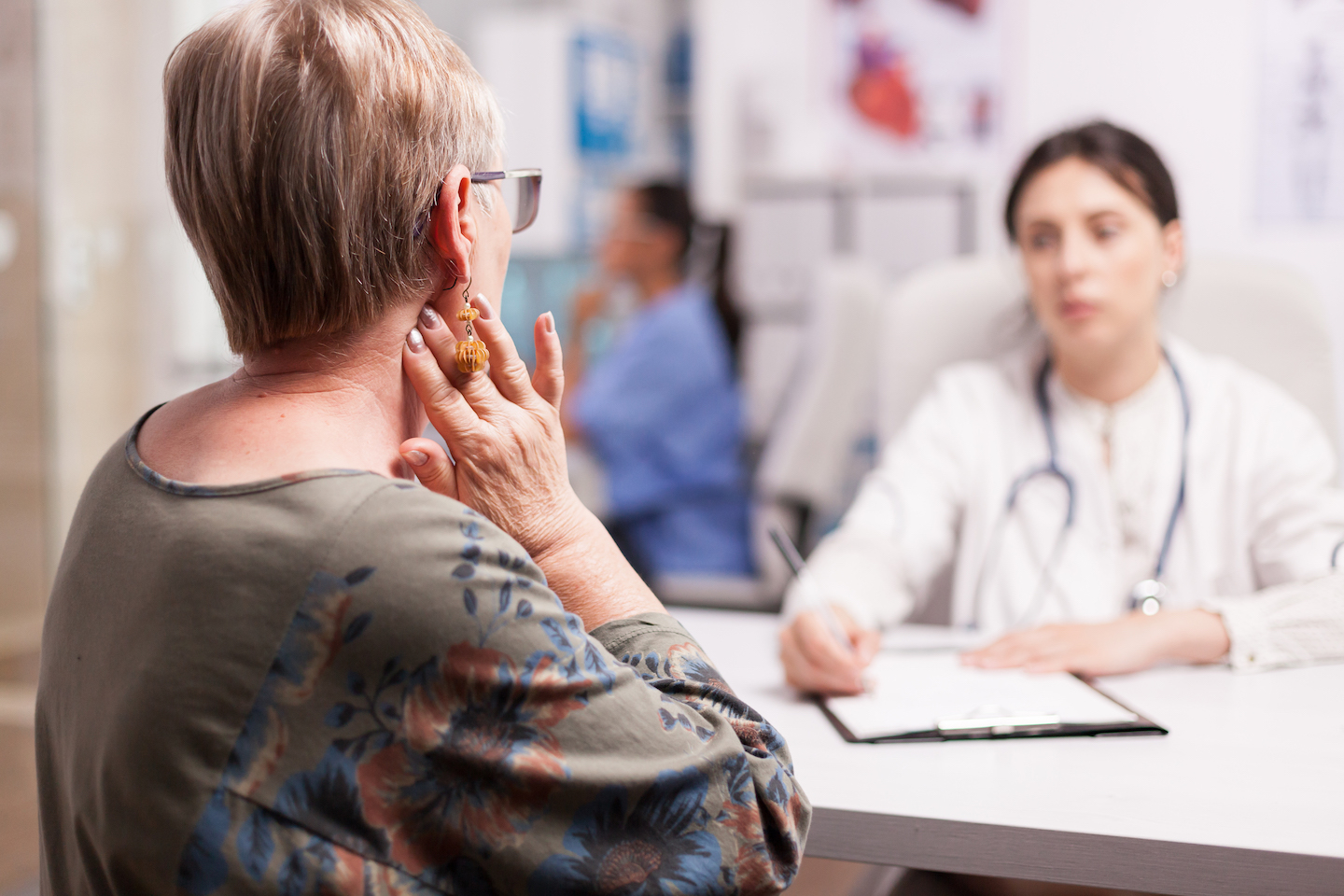Mini-stroke, also known medically as a transient ischemic attack (TIA), is a warning sign that a person is at risk for a more serious and debilitating stroke. The risk of stroke after transient ischemic attack is somewhere between 2% and 17% within the first 90 days. About a third of people who experience a mini-stroke go on to have a major stroke within a year*. Mini-stroke is a medical emergency and you need to call 911 immediately. If you had a mini-stroke, talk to your doctor about a stroke prevention plan to make this mini-stroke your last.
What is a mini-stroke?
Mini-stroke occurs when there is a temporary lack of blood flow to the part of the brain, causing stroke-like symptoms that usually resolve within 24 hours. This condition is also known as a transient ischemic attack (TIA).
Blood clots forming in the brain are the leading cause of a mini-stroke. However, mini-stroke can also be caused by high blood pressure, atherosclerosis, carotid artery disease, diabetes, or high cholesterol.
What are the symptoms of a mini-stroke?
Mini-strokes can be difficult to identify, and their symptoms might not last very long. However, the signs of a mini-stroke are very much like those of a stroke, such as:
- Dysphasia, a condition that affects your ability to speak or understand what someone is telling you
- Dysarthria, a motor speech disorder that refers to when the muscles of the mouth, face, or respiratory system weaken or become difficult to move
- Vision changes, such as total or partial blindness, blurred vision, or double vision
- Not being able to think clearly, or becoming confused
- Becoming disoriented as to who you are, where you are, where you live, etc.
- Weakness/numbness on just the right or left side of the face or body, which is determined by the blood clot’s location in the brain
- A dizzy sensation that can cause balance issues or falling down
- An abnormal tingling sensation under the skin
- Fainting or passing out due to a lack of oxygen in the brain
- A sudden, severe headache
- Sudden changes to taste or smell
The Heart and Stroke Foundation also offers their simple FAST method that helps you quickly identify a mini-stroke when it occurs:
FACE: Is it drooping?
ARMS: Can you raise both?
SPEECH: Is it slurred or jumbled?
TIME: To call 911 or your local emergency number right away
Mini-stroke symptoms can last as briefly as one minute or as long as 24 hours. They might even disappear by the time medical help arrives, but it is a medical emergency and should seek immediate medical help.
When you first notice symptoms of a mini-stroke, seek help immediately – call 911 or go to your nearest emergency ward.
What do you do if someone is having a mini stroke?
If you witness someone having a mini-stroke, fast action is needed to increase the person’s chances of recovery. Here’s what you can do to help:
- Call 911
- Stay calm
- Encourage the person to lie down, which will promote blood flow to the brain
- Speak reassuringly to the person
- Wait with them until medical help arrives
What to do after a mini-stroke
Although many people recover from their symptoms of a mini-stroke within 24 hours, mini-strokes should be considered as a serious warning sign.
Studies have shown that chances of having a major stroke doubles for the following five years after a mini-stroke. It’s imperative to make changes as soon as possible to cut your risk of a second and possibly worse stroke.
The best way to prevent a second stroke is to get the underlying conditions such as diabetes, cholesterol, and blood pressure under control. Some other proactive steps you can take include:
- Consulting with your doctor
- Eating a balanced diet with lots of fruits and vegetables
- Getting moderate exercise regularly
- If you smoke, quit
- Limiting your alcohol intake
- Reducing the amount of stress in your life
At CareHop, we specialize in elder care, especially when injury or illness rehab is needed. Our professional, supportive healthcare workers are available for comprehensive ongoing care, or on-demand when families aren’t available or need a break.
Our entire team of eldercare professionals is committed to delivering quality, compassionate, and respectful care designed to bring joy and sunshine into their lives. Our goals are to help your loved ones live at home for as long as possible and ensure that all of their healthcare needs are met.
If you have any questions about our customized elder care services, please reach out to us anytime. *Wu CM, McLaughlin K, Lorenzetti DL, et al. Early risk of stroke after transient ischemic attack: a systematic review and meta-analysis. Arch Intern Med 2007;167:2417–22 Harvard Health Publishing.




